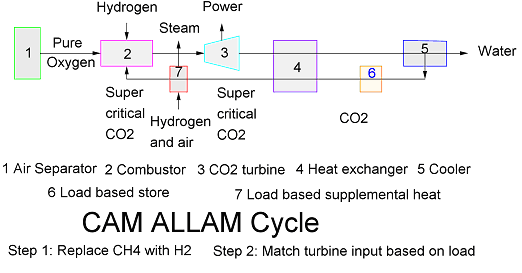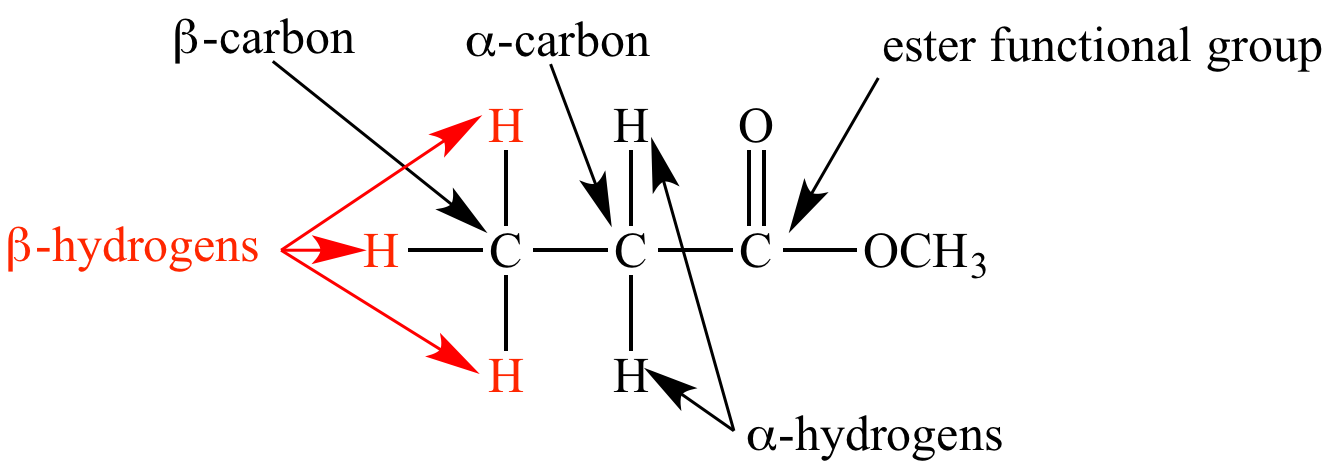

This is dealt with by the Arrhenius equation: They also must collide in such a way that allows for transfer of electrons (aka “orbital overlap”)

You might recall that in order for a reaction to occur, the reactants must come into contact with each other with sufficient energy to overcome the repulsions between them (electron clouds). Background: Activation Energy And The Arrhenius Equation (Yes, This Is Relevant)īefore addressing the topic of selectivity directly, let’s first begin by talking about activation energy. So for our purposes here we are only going to analyze the two propagation steps and assume that initiation has already occurred. The first thing to note is formation of the different chloropropanes happens during the chain propagation step (that is, after initiation). In the next post I’ll put forward a simple analogy that simplifies this idea for many students. This post goes through the data and makes the scientific argument. The question that this post hopes to answer is “Why is bromine more “selective” for the secondary carbon than chlorine?”. The Selectivity-Generating Step Is Breakage Of The C–H Bond By A Halogen Radical (Propagation Step #1) (Advanced) References and Further Readingġ.Summary: Selectivity For Free-Radical Chlorination vs Bromination.The Transition State For Bromination Resembles The Products (A “Late” Transition State) Which Are Farther Apart In Energy.The Transition State For Chlorination Resembles The Reactants (An “Early” Transition State) Which Are Close Together In Energy.So WHY Is The Difference For Activation Energies Greater For Bromination Than For Chlorination?.Small Differences In Activation Energies (~ 3 kcal/mol) Can Mean LARGE Differences In Selectivity (97:1).Selectivity Is Proportional To Differences In Activation Energy For The Key Step.As A Reaction Mixture Is Heated, A Larger Proportion Of Molecules Will Have Sufficient Activation Energy (E a ) To React.

Heat Increases The Average Velocity (And Energy) Of Molecules.Background: Activation Energy And The Arrhenius Equation (Yes, This Is Relevant).The Selectivity-Generating Step Is Breakage Of The C–H Bond By A Halogen Radical (Propagation Step #1).A few kcal/mol can make a huge difference! But as we’ll see, it’s more subtle than you might expect. Today we’re going to try to answer, “ why is bromine more selective than chlorine” ? You might think that going from 4:1 to 97:1 will involve a huge difference in energies. Wow!!! Is bromination ridiculously more selective than chlorination, or what? (Again, if you want to know how this was calculated, go back to the last post.) the bromination of propane.įor chlorination, the reaction is selective for secondary C-H over primary C-H by a factor of 55/(45/3) = 3.6 to 1įor bromination, the reaction is selective for secondary C-H over primary C-H by a factor of 97/(3/3) = 97 to 1. In last blog post on radicals we saw this data that compares the chlorination of propane vs. The Selectivity of Free-Radical Bromination vs Chlorination.


 0 kommentar(er)
0 kommentar(er)
